Elon Musk’s Neuralink startup has successfully implanted a neurochip into a patient with a severe progressive brain condition. Bradford Smith, who suffers from amyotrophic lateral sclerosis (ALS) at its late stage, becomes the third person to receive the chip implant.
However, it marks the first time the chip was implanted into a patient who lost the ability to communicate verbally. English astrophysicist Stephen Hawking, who suffered from the same condition, used different technologies to interact with computers.
Meanwhile, the neurochip implant allowed Brad to interact with a computer using his brain, a capability known as Telepathy. It works by recording neural signals and converting them into commands similar to those used for controlling external peripheral devices.
Using the Neuralink brain implant, Brad was able to chat with neighbors, give a speech at his local church’s youth session, and watch his son win a robotics competition.
“The most significant thing that happened this week will sound strange to you: I got to use the computer on the porch, and it worked!!” Brad said.
Previous Neuralink implant recipients, Noland and Alex, have also recorded tremendous success in their daily interactions with computing devices.
Noland suffered a spinal cord injury during a swimming accident in his last year in college, becoming paralyzed below his shoulders. Unable to complete his degree, he returned home to depend on his family for daily assistance.
“[Neuralink] has helped me reconnect with the world, my friends, and my family. It’s given me the ability to do things on my own again without needing my family at all hours of the day and night,” Noland said.
“I’m able to use different apps to do more interactive and hands-on things online,” he added, noting, “This is not something I would be able to do without the Neuralink.”
Similarly, the second implant recipient Alex, who used to design and build automobile parts, was paralyzed from the neck down after a car accident. Using Neuralink’s Telepathy, he can now design 3D objects using computer-aided design (CAD) software and graphics using Adobe Illustrator.
“I was a very creative person before my accident,” he said. “After my accident, I wasn’t really able to do that, [and] it really hindered my drive to create things.”
“Having the BCI… allows me to push the boundaries of what I can create.”
Neuralink Blindsight project aims to address blindness.
Musk has promised to use the technology to address other conditions, such as blindness, including congenital blindness, which occurs since birth, through the Neuralink Blindsight project. The procedure will involve implanting a chip into the cerebral cortex to simulate areas responsible for processing visual signals.
The output will be an 8-bit image that can help recipients recognize basic shapes and objects to navigate without much assistance. Musk hopes to incrementally improve the technology and even outperform human vision. The project has received the Federal Drug and Administration (FDA) approval for human testing.
Neuralink faces stiff competition.
However, Musk’s Neuralink is hardly the only tech startup working to restore functionality to physically- and sensually-impaired individuals through brain-computer interfacing.
Precision Neuroscience, co-founded by former Neuralink co-founder Dr. Benjamin Rapoport, has also received the FDA’s approval for its Layer 7 Cortical Interface, which works on similar principles.
Another Neuralink rival, Synchron, backed by Amazon founder Jeff Bezos and Microsoft co-founder Bill Gates, is working to break into the market.
Similarly, the Chinese Institute for Brain Research (CIBR) and NeuCyber NeuroTech aim to implant their brain-computer interface on 13 patients and overtake Musk’s Neuralink.
Image credit: Brad at the poolside, via X (@ALScyborg)

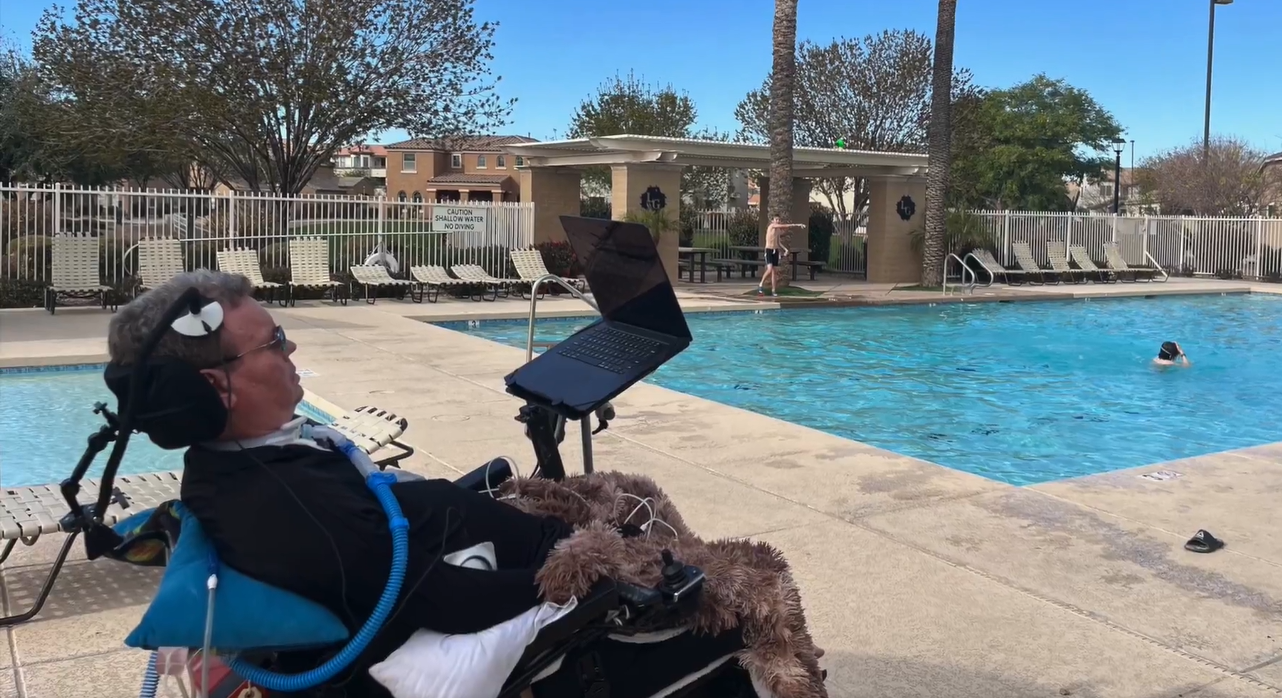

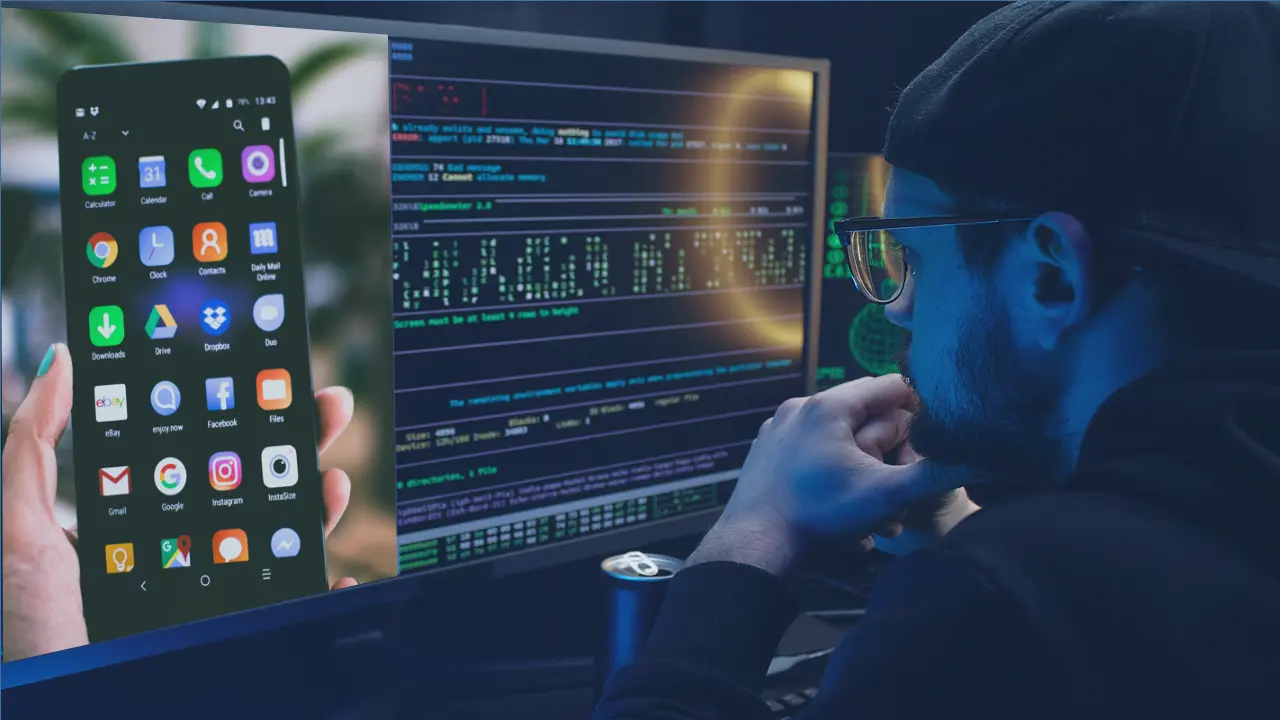
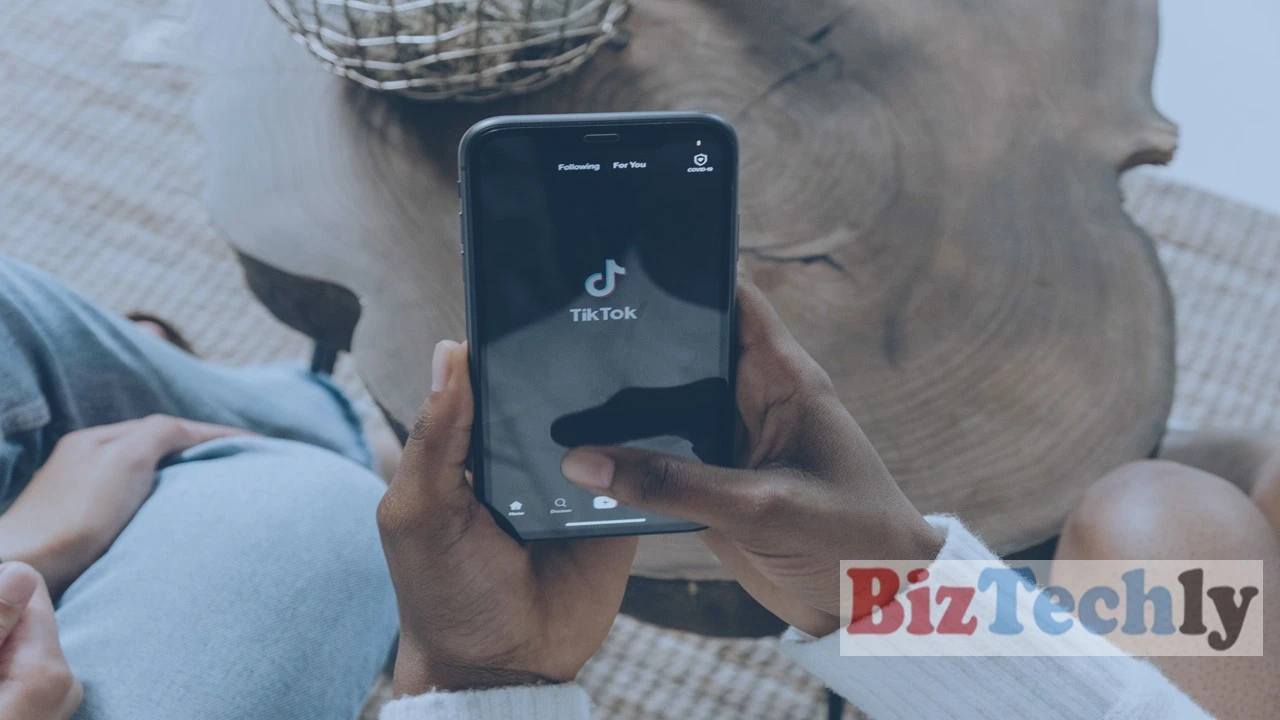




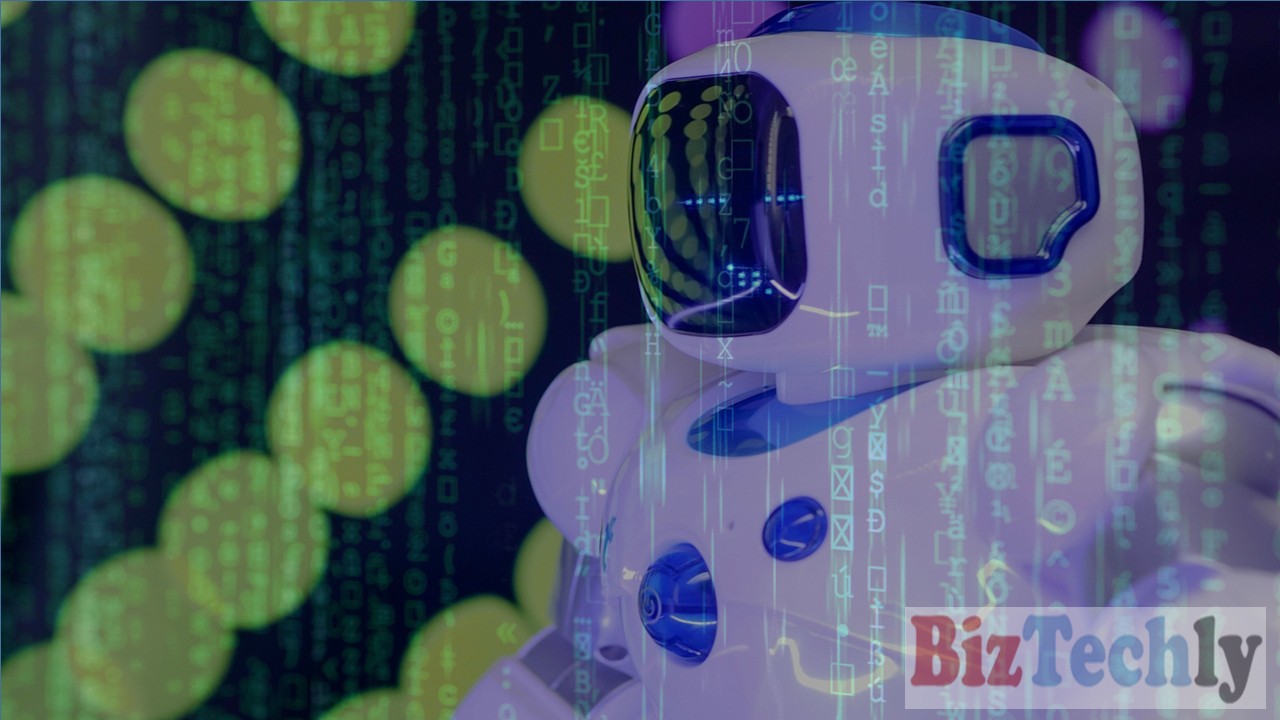
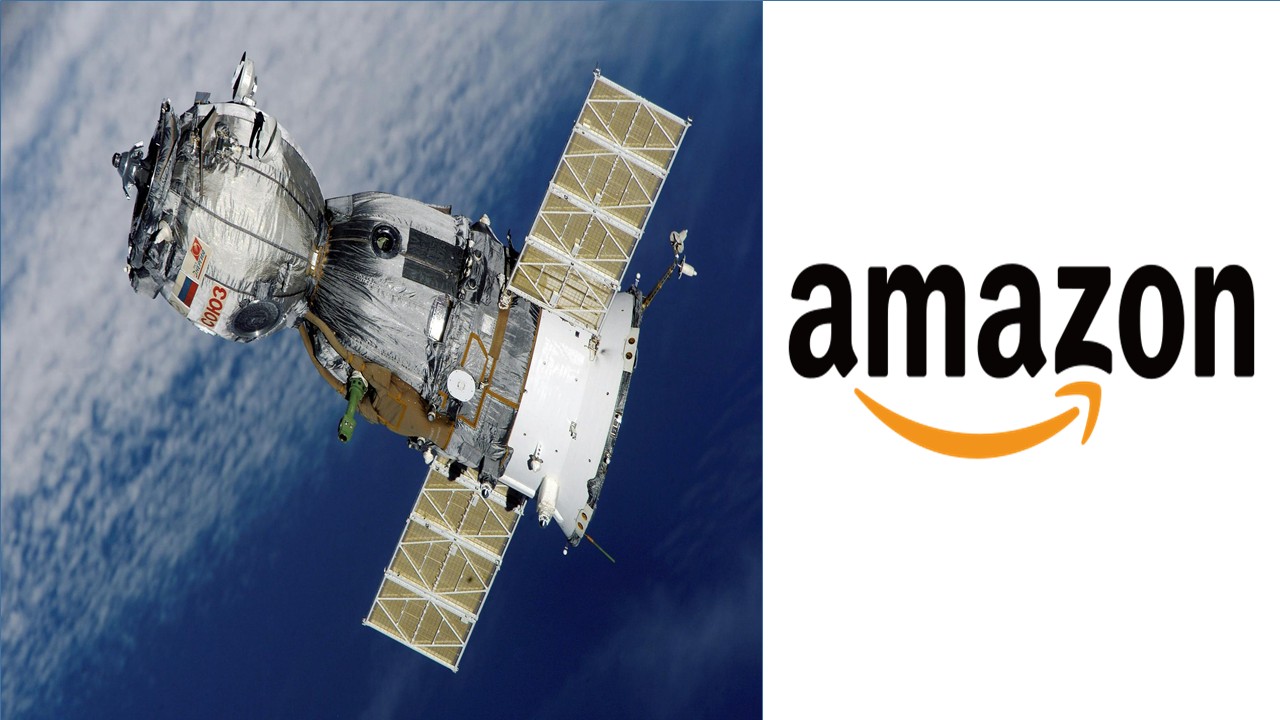

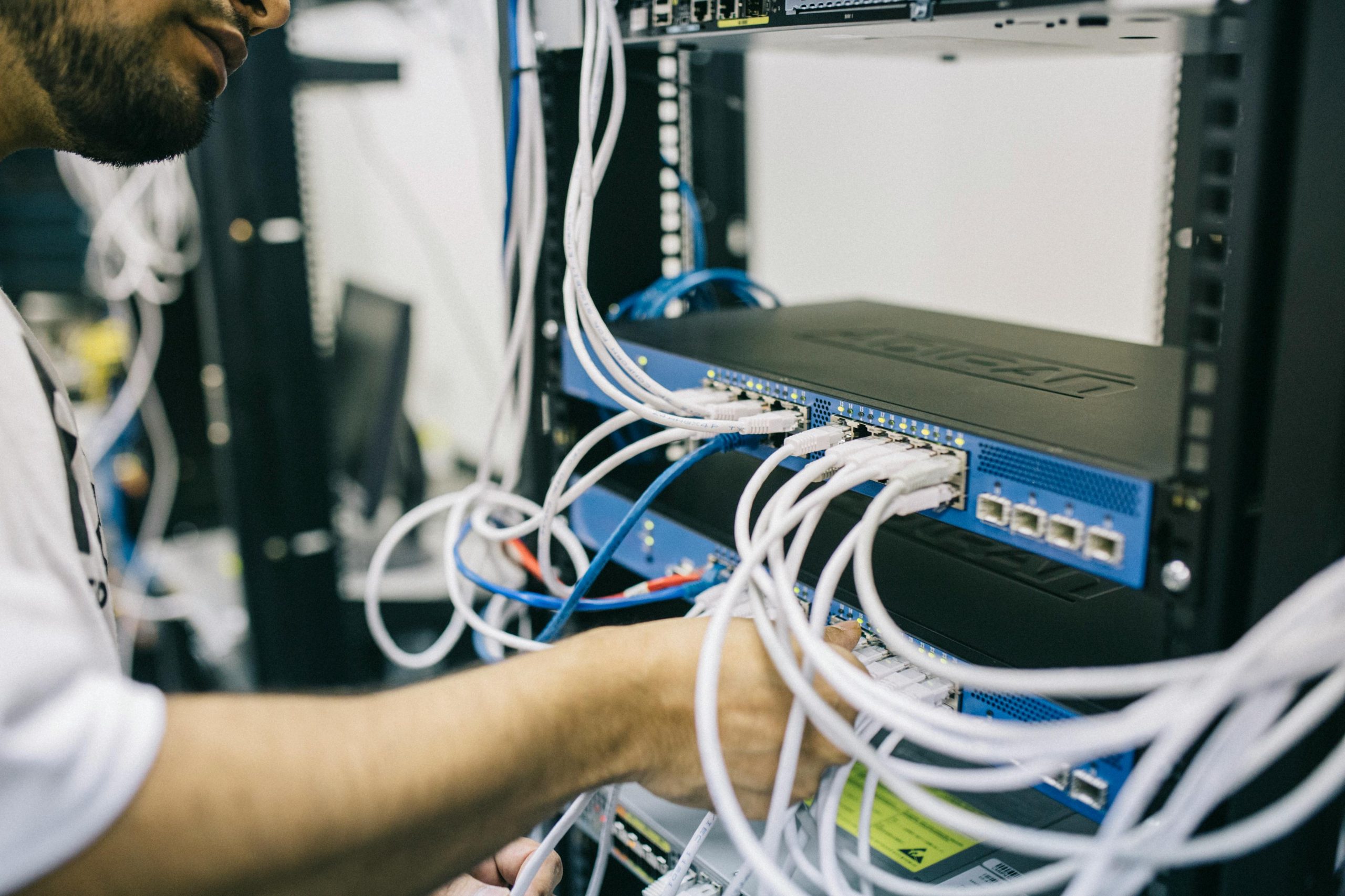
Leave a Reply